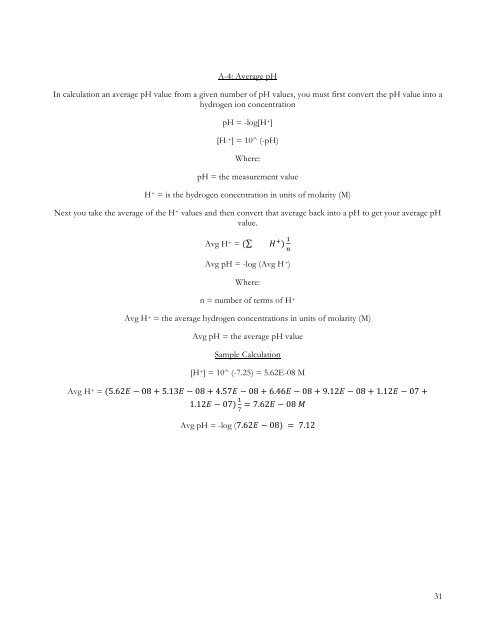Rebirth of Water Report 2016-2017
Marsh Creek, which is the largest watershed in greater Saint John, has been the recipient of centuries of untreated municipal wastewater deposition. Offensive odours, unsightly sanitary products and the threat posed by various human pathogens, resulting largely from the ~50 sewage outfalls in the lower reaches of Marsh Creek and the Saint John Harbour, have caused most residents to abandon the wellness of the watercourse. ACAP Saint John, a community-based ENGO and champion of the Harbour Cleanup project, has been conducting water quality monitoring and fish community surveys in the watershed since 1993 with the view towards someday restoring the ecological integrity of this forgotten natural asset.
Marsh Creek, which is the largest watershed in greater Saint John, has been the recipient of centuries of untreated municipal wastewater deposition. Offensive odours, unsightly sanitary products and the threat posed by various human pathogens, resulting largely from the ~50 sewage outfalls in the lower reaches of Marsh Creek and the Saint John Harbour, have caused most residents to abandon the wellness of the watercourse. ACAP Saint John, a community-based ENGO and champion of the Harbour Cleanup project, has been conducting water quality monitoring and fish community surveys in the watershed since 1993 with the view towards someday restoring the ecological integrity of this forgotten natural asset.
Create successful ePaper yourself
Turn your PDF publications into a flip-book with our unique Google optimized e-Paper software.
A-4: Average pH<br />
In calculation an average pH value from a given number <strong>of</strong> pH values, you must first convert the pH value into a<br />
hydrogen ion concentration<br />
pH = -log[H + ]<br />
[H¸+ ] = 10^ (-pH)<br />
Where:<br />
pH = the measurement value<br />
H + = is the hydrogen concentration in units <strong>of</strong> molarity (M)<br />
Next you take the average <strong>of</strong> the H + values and then convert that average back into a pH to get your average pH<br />
value.<br />
Avg H + = ( H U ) K =<br />
Avg pH = -log (Avg H + )<br />
Where:<br />
n = number <strong>of</strong> terms <strong>of</strong> H +<br />
Avg H + = the average hydrogen concentrations in units <strong>of</strong> molarity (M)<br />
Avg pH = the average pH value<br />
Sample Calculation<br />
[H + ] = 10^ (-7.25) = 5.62E-08 M<br />
Avg H + = (5.62E − 08 + 5.13E − 08 + 4.57E − 08 + 6.46E − 08 + 9.12E − 08 + 1.12E − 07 +<br />
1.12E − 07) K = 7.62E − 08 M<br />
f<br />
Avg pH = -log (7.62E − 08) = 7.12<br />
31


















